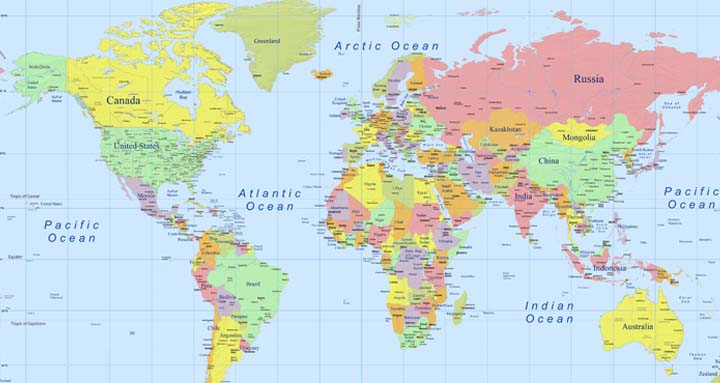What’s Destabilizing Labor Overseas?

What’s Destabilizing Labor Overseas?
What’s Destabilizing Labor Overseas?
November 3, 2015

Amid the recent economic turmoil in Asia, specifically China, you might be wondering: what’s destabilizing labor overseas? The answer is not a simple one, and the issues contributing to China’s recent market troubles are not black and white.
As you may know, beginning in the 1970s, the Communist government of China created “Special Economic Zones” (SEZs), permitting foreign direct investments (FDIs) for the first time. The cities of Zhuhai, Shenzhen, and Shantou in the Guangdong Province and Xiamen in Fujian Province, as well as the island province of Hainan, were allowed a head start compared to the rest of China. They became, and continued to be, large manufacturing centers as the Chinese eased their strict economic policies.
In the past three decades, more than 500 million people have moved from rural areas into urban centers of China. It’s not stopping anytime soon–China’s government has listed urbanization as a top priority in the coming decade. It is important, though, to understand that Chinese urbanization is not occurring in the same way in every province. While many of the SEZ cities have now rejected labor-intensive manufacturing in favor of service and domestic industries, more agrarian areas are still striving to build factories and boost their economies beyond the inefficiencies of agriculture.
As China’s economy has grown, workers have demanded higher wages and better working conditions. These demands have effectively eliminated China’s one-time cost advantage and have begun to destabilize labor. So, while investments in value-added industries like hi-tech and service have proven beneficial to China, what does that mean for you as an investor in manufacturing? Quite simply, that if you are looking for the rock-bottom “China price,” you will no longer find it in China. Other Asian countries such as Bangladesh, Vietnam, and Cambodia have become the new manufacturing hubs.
To revisit the question “what’s destabilizing labor overseas?” it’s important to recognize that manufacturing has not vanished from Asia–China is just no longer its headquarters.


